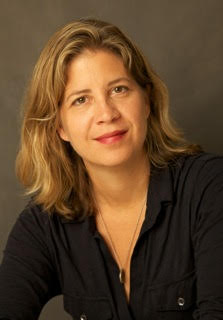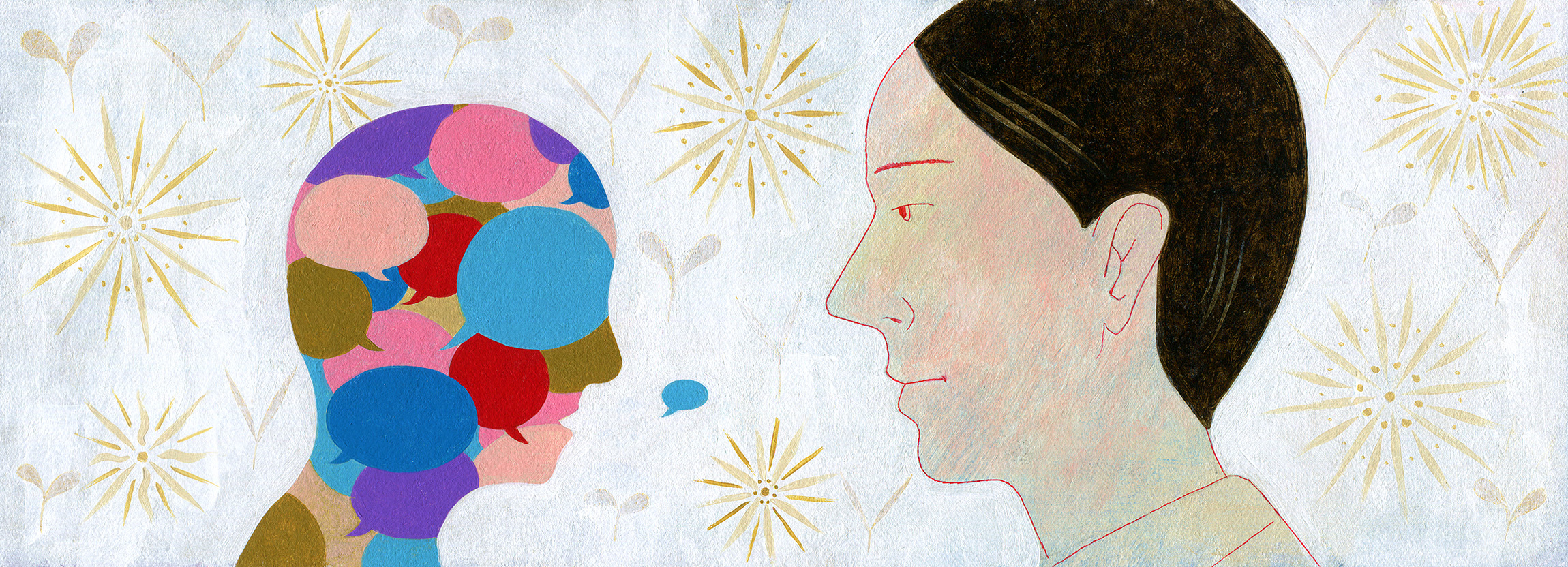Elizabeth DeVita-Raeburn is a New York-based writer who specializes in science, health and medicine. She is the author of The Death of Cancer and The Empty Room. She lives in New York City, with her husband, the writer Paul Raeburn, and two sons.

Elizabeth DeVita-Raeburn
From this contributor
The controversy over autism’s most common therapy
Applied behavioral analysis is the most widely used therapy for autism, but some people say its drills and routines are cruel, and its aims misguided.

The controversy over autism’s most common therapy
Explore more from The Transmitter
New organoid atlas unveils four neurodevelopmental signatures
The comprehensive resource details data on microcephaly, polymicrogyria, epilepsy and intellectual disability from 352 people.

New organoid atlas unveils four neurodevelopmental signatures
The comprehensive resource details data on microcephaly, polymicrogyria, epilepsy and intellectual disability from 352 people.
Can neuroscientists decode memories solely from a map of synaptic connections?
Five experts discuss the progress, possibilities and hurdles of decoding a “nontrivial” memory from an organism just by analyzing its brain connectivity patterns.
Can neuroscientists decode memories solely from a map of synaptic connections?
Five experts discuss the progress, possibilities and hurdles of decoding a “nontrivial” memory from an organism just by analyzing its brain connectivity patterns.
AI-assisted coding: 10 simple rules to maintain scientific rigor
These guidelines can help researchers ensure the integrity of their work while accelerating progress on important scientific questions.

AI-assisted coding: 10 simple rules to maintain scientific rigor
These guidelines can help researchers ensure the integrity of their work while accelerating progress on important scientific questions.